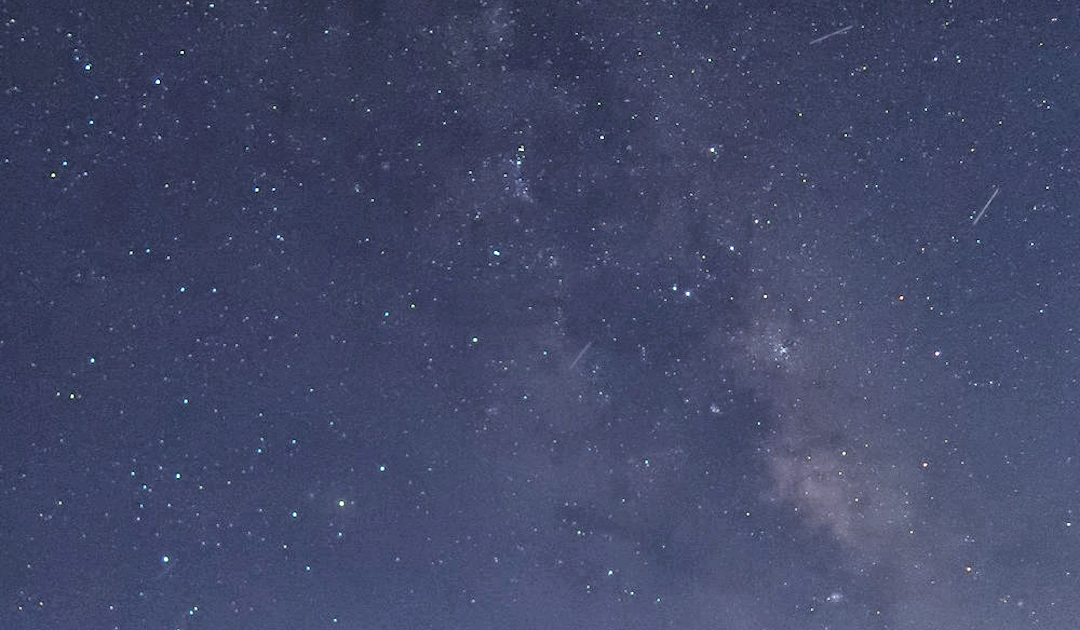
For astronomers who want to discover the mysteries of the universe with their telescopes, places like Chile or Hawaii are the measure of all things on Earth. High altitude, no sources of pollution were the main criteria for setting up the most powerful telescopes in these places. Now an international research team is showing that a place in the middle of East Antarctica is just as good or even better for an undisturbed view into space: Dome A, about 1,200 kilometers from the geographic South Pole.
“The median thickness of the boundary layer at Dome A is only 13.9 metres, making it much easier to build telescopes above it.”
Dr. Zhaoshui Shang, Chinese Academy of Sciences
The research team from China, Australia and Canada used an observation system on an 8-metre-high tower to investigate the extent to which atmospheric disturbances caused by the weather would affect the view on the stars. These disturbances are responsible, for example, for the twinkling of stars and thus distort the view. The boundary layer of the atmosphere plays an important role. “At a temperate site, the boundary layer is usually hundreds of metres high or higher, preventing one from reaching the free atmosphere,” explains study leader Zhaohui Shang of the Chinese Academy of Sciences. “The median thickness of the boundary layer at Dome A is only 13.9 metres, making it much easier to build telescopes above it.”
The arcseconds were measured to get an image. The smaller this value, the better the image. The system took a picture every minute between April and August 2019, in the middle of the polar night. A total of 45,930 values were measured, which could then be compared with the values of other existing telescope locations. Dome A showed that dome A measured about 0.31 arcseconds, compared to 0.6 and 0.8 at stations in Chile and Hawaii. This showed that the construction of a telescope would make perfect sense here.

Dome A, which is part of the East Antarctic ice sheet, has been home to an automatic observation platform for the universe called PLATO (PLATeau Observatory) for 11 years. This was developed by the University of New South Wales and equipped with various measuring instruments for astronomical observations. Dome A (also known as Dome Argus) is the highest elevation of the ice sheet in the whole of Antarctica. The ice shield rises more than 4,096 metres into the sky. Beneath the ice are the well-known Gamburtsev mountain ranges, which are even higher than the Alps.
“Our telescope observed the sky fully automatically at an unmanned station in Antarctica for seven months, with air temperature dropping to -75° C at times.”
Dr. Bin Ma, University of British Columbia
The unofficially coldest point on Earth is also on Dome A. And it is precisely this factor that makes building a telescope at this point a real technical challenge. But researchers are confident that these problems can be solved. “Our telescope observed the sky fully automatically at an unmanned station in Antarctica for seven months, with air temperature dropping to -75° C at times,” explains Bin Ma of the University of British Columbia and lead author of the study. “In and of itself, that’s a technological breakthrough.”

Dr Michael Wenger, PolarJournal
Link to the study: Ma et al. (2020), Nature 583 (771-774)Night-time measurements of astronomical seeing at Dome A in Antarctica





